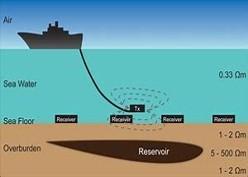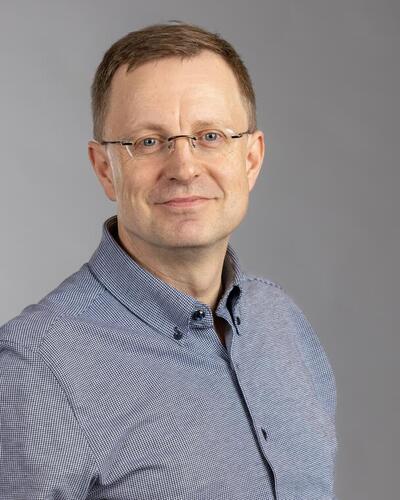Modelling of controlled-source electromagnetic data using fast integral equation methods
Hovedinnhold
Project description
Controlled-source electromagnetic (CSEM) methods are often used as a supplement to seismic methods in the context of (petroleum or CO2) reservoir characterization and monitoring (e.g., Tveit et al., 2016). Seismic and electromagnetic data are complementary in the sense that CSEM methods are very sensitive to fluid saturations but characterized by a relatively low resolution (due to the low frequencies used); whereas seismic methods are less sensitive to fluid saturations but characterized by a higher resolution (Tveit et al., 2016).
Seismic and electromagnetic data can be modelled using similar integral equation methods (Jakobsen and Tveit, 2018). This means that one can potentially modify methods developed in the seismic domain for use in the electromagnetic domain and vice versa (Jakobsen et al., 2020).
In this project, the student shall develop fast integral equation methods based the use of the Fast Fourier in conjunction with various iterative solutions of the relevant integral equation (Jakobsen et al., 2020). The student should compare a convergent scattering series solution of the inhomogeneous Maxwell's equations with different Krylov subspace methods and a reference solution for large 2D and 3D models obtained via a direct solution of the linear system obtained from a discretization of the integral equation (Jakobsen and Tveit, 2018).
REFERENCES
Jakobsen, M., Wu, R.S. and Huang, X., 2020. Convergent scattering series solutions of the inhomogeneous Helmholtz equation using renormalization group and homotopy continuation approaches. Journal of Computational Physics, 409, 109343-
Jakobsen, M. and Tveit, S., 2018. istorted Born iterative T-matrix method for inversion of CSEM data in anisotropic media. Geophysical Journal International, 214, 1524-15370.
Tveit, S., Mannseth, T. and Jakobsen, M., 2016. Discriminating time-lapse saturation and pressure changes in CO2 monitoring from seismic waveform and CSEM data using ensemble-based Bayesian inversion. SEG International Exposition and Annual Meeting, 16-21 October, Dallas, Texas
Proposed course plan during the master's degree (60 ECTS)
GEOV218 Rock physicsGEOV276 Introduction to theoretical seismologyGEOV277 Signal analysis and inversion in earth sciencesSpecial syllabus on electromagnetic geophysical methods
Prerequisites
The student should have an interest of physics, mathematics and programming in addition to geophysics.
Felt- lab- og analysearbeid
Numerical analysis only.

